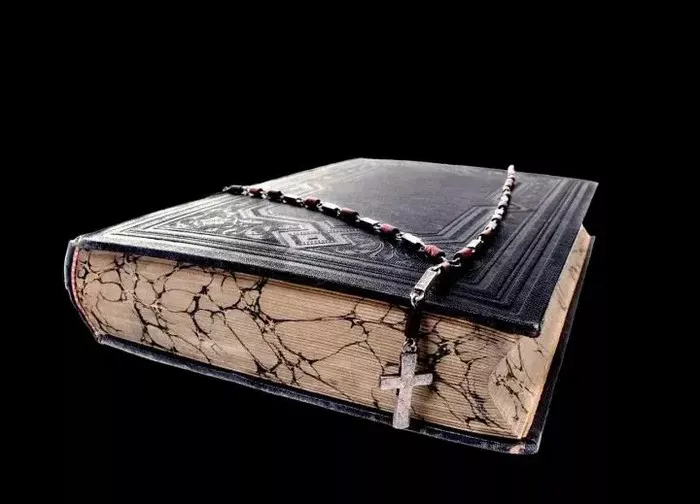The Book of Revelation, attributed to John the Apostle, stands as one of the most fascinating and debated books in the Bible. Its apocalyptic imagery, vivid symbolism, and prophetic messages have captivated readers for centuries, and among its most iconic passages are the Seven Seals. These seals, described in Revelation chapters 5 to 8, are depicted as being on a scroll in the right hand of God, and their opening sets off a series of cataclysmic events heralding the end times. While interpretations of these seals vary widely among theologians and scholars, they are generally seen as representing significant events and themes in human history and eschatology. In this article, we delve into the meaning and symbolism behind each of the Seven Seals of Revelation.
1. The First Seal: The Conqueror on a White Horse
The opening of the first seal reveals a rider on a white horse, holding a bow and wearing a crown, symbolizing conquest and victory. This figure is often interpreted as representing the Antichrist or a powerful military leader who will emerge during the end times to conquer nations and establish dominion over the earth. The imagery of the white horse suggests a deceptive form of peace and prosperity that precedes the chaos and destruction brought about by the subsequent seals.
2. The Second Seal: War
As the second seal is broken, a rider on a red horse is unleashed, symbolizing war and bloodshed. This seal signifies the escalation of conflict and violence on a global scale, leading to widespread chaos and suffering. The red horse represents the blood that will be shed as a result of warfare, reflecting the harsh realities of human history and the consequences of sin.
3. The Third Seal: Famine
The opening of the third seal brings forth a rider on a black horse, holding a pair of scales, symbolizing famine and economic hardship. This seal represents scarcity and deprivation, as resources become scarce and food prices skyrocket, leading to widespread hunger and suffering. The scales suggest a system of economic injustice and inequality, where the wealthy oppress and exploit the poor, exacerbating the effects of famine and poverty.
4. The Fourth Seal: Death
With the breaking of the fourth seal, a pale horse appears, ridden by Death himself, followed by Hades. This seal symbolizes death and pestilence, as plagues and epidemics ravage the earth, claiming countless lives and bringing untold suffering and despair. The pale horse represents the sickly pallor of death, as humanity faces the grim reality of mortality and the inevitability of judgment.
5. The Fifth Seal: Martyrs Under the Altar
As the fifth seal is opened, the souls of martyrs are revealed beneath the altar of God, crying out for justice and vindication. This seal represents persecution and suffering endured by believers throughout history, as they remain faithful to their convictions even in the face of persecution and death. The martyrs’ cry for justice underscores the reality of suffering and injustice in the world, as well as the ultimate triumph of righteousness and truth.
6. The Sixth Seal: Cosmic Disturbances
The opening of the sixth seal unleashes cosmic disturbances, including earthquakes, solar eclipses, and stars falling from the sky. This seal symbolizes the upheaval and chaos that will precede the second coming of Christ, as the earth reels under the weight of divine judgment. The cosmic disturbances signify the shaking of the foundations of the world order, as God prepares to establish His kingdom and reign in righteousness.
7. The Seventh Seal: Silence in Heaven
With the breaking of the seventh seal, there is silence in heaven for half an hour, signaling a pause before the final judgment is unleashed upon the earth. This seal represents the culmination of God’s divine plan and the beginning of the end times, as all creation awaits the fulfillment of God’s purposes. The silence in heaven underscores the solemnity and gravity of the moment, as the stage is set for the final showdown between good and evil, and the ultimate victory of God over His enemies.
Conclusion
While interpretations of the Seven Seals of Revelation may vary, one thing is clear: they serve as a powerful reminder of the ultimate sovereignty of God over human history and the assurance that, despite the trials and tribulations we may face, ultimately, His purposes will prevail. As we contemplate the meaning of these seals, may we be encouraged to remain faithful in the midst of adversity, knowing that our hope is anchored in the promises of God.


